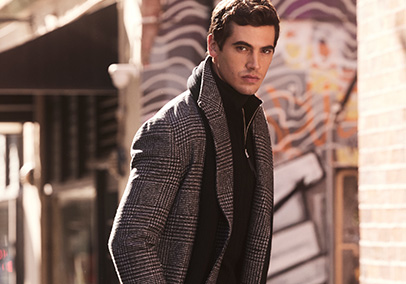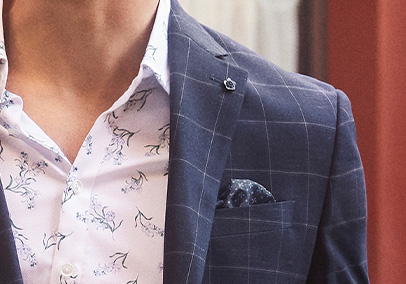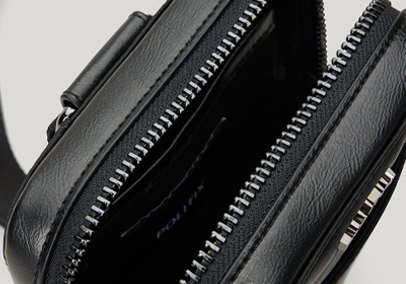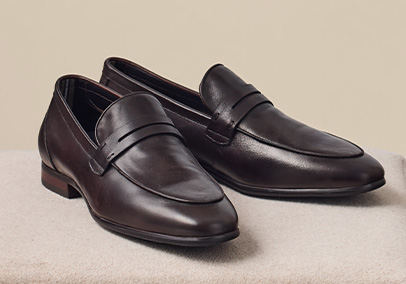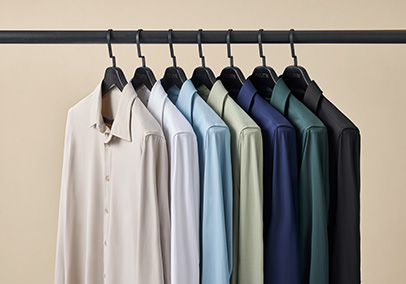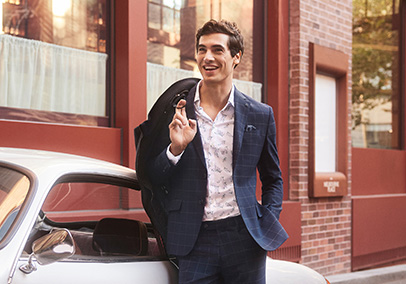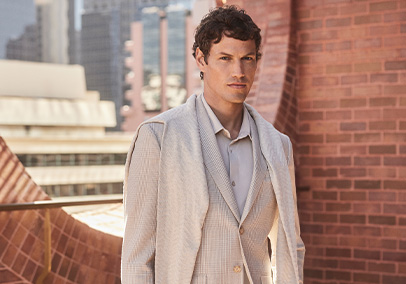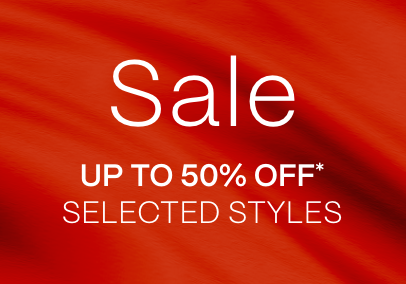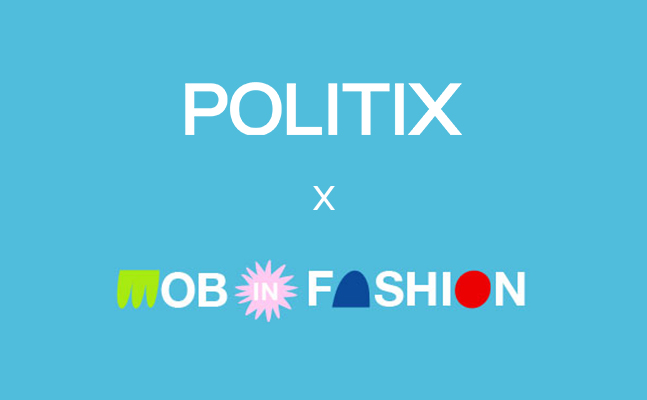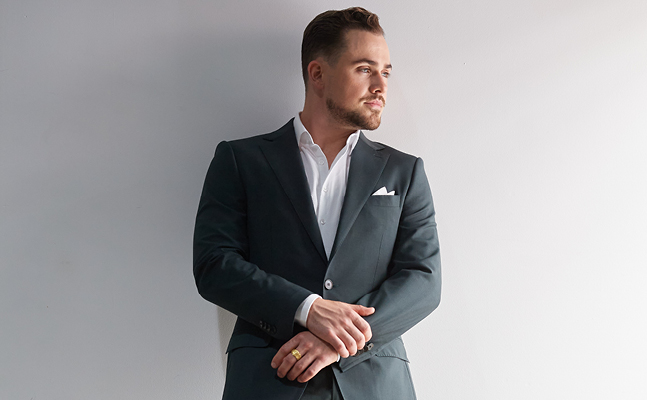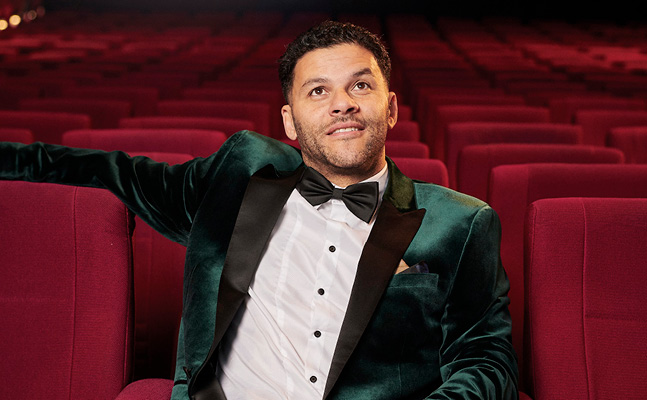- Home
- Style Advice
- Style Advice
- The Ultimate Guide to Men's Shirts
SHIRTS FOR MEN
THE ULTIMATE GUIDE TO MEN'S SHIRTS
Thursday, 16 July 2020
Great style starts with a sharp shirt. This is your ultimate guide to select the right shirt for you and be best dressed, for every occasion.
People have written huge, leather-bound books on the subject. You have to think about style, cut shape and fabric. You have to consider the width of your collar, and how that's going to affect your choice of tie. Do you go for French cuffs or standard cuffs? And what about body shape? Do different shirts
suit different people? (The short answer is: yes). All this can be kind of intimidating, especially if your current shirt collection is divided into 'Fancy' and 'Not Fancy'. But don't panic. Half the battle with men's shirts is just picking something that feels good. Consider this your ultimate guide to men's shirts.
01TYPES OF SHIRTS
Let's start with basic stuff: the various types of shirts available. You'll notice there are a lot of them.
But that doesn't mean you necessarily need one of everything hanging in your closet. Most guys can get by with a few Oxford shirts, a rotating mix of business shirts, and some funky short sleeves for weekends.
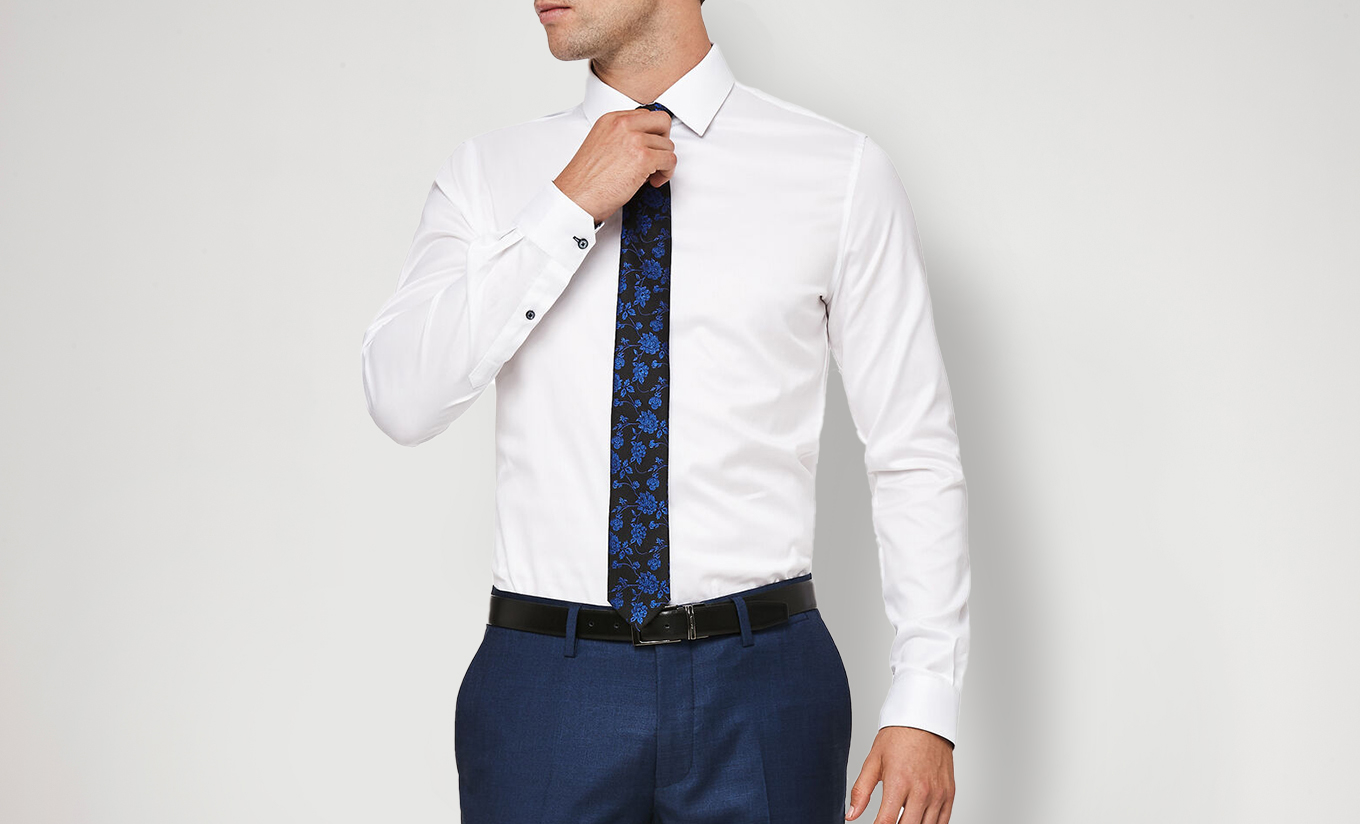
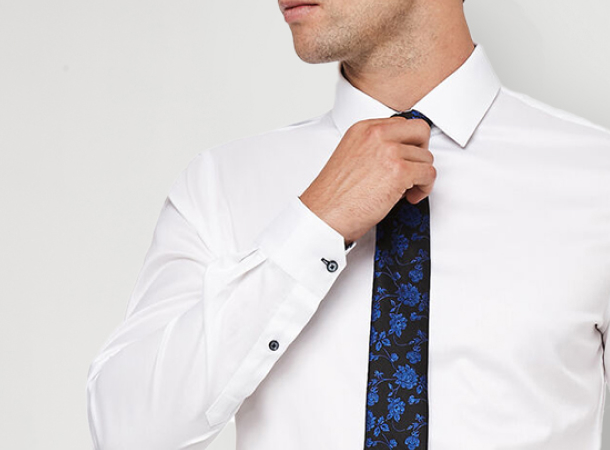
OXFORD SHIRT
Technically speaking, 'Oxford' doesn't refer to the type of shirt. An Oxford shirt is any shirt that's made from 'Oxford cloth' - a special kind of basket weave that started in Scotland in the 19th century. While dress shirts are usually woven from cotton and polyester (to give them that silky finish), Oxford shirts are thicker
and a little more textured. They're probably the most versatile shirt in the world. You can wear them with a tie and formal pants, or leave them open over some chinos and sneakers. If you've existed on the planet for more than 25 years, you've probably worn an Oxford shirt at some point.
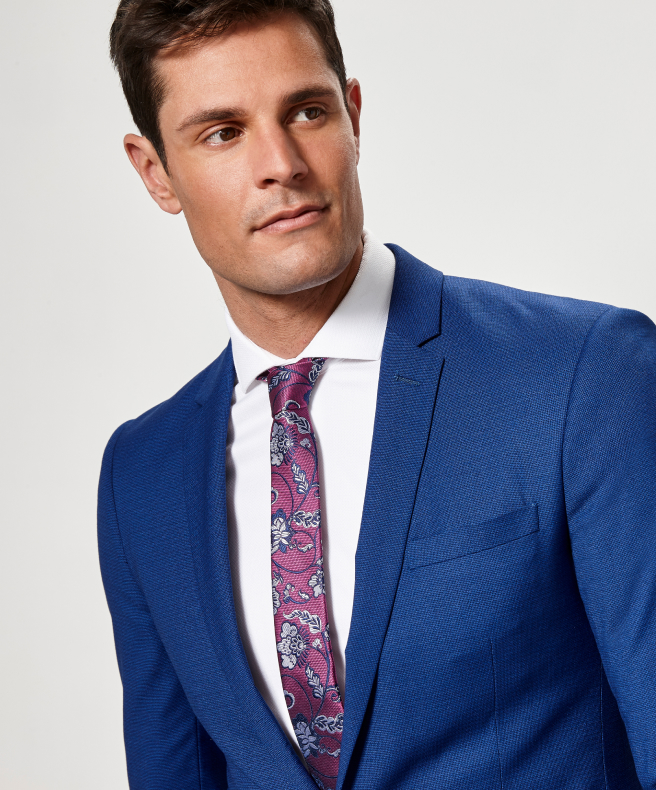
FORMAL SHIRT
Formal shirts are exactly what they sound like. They're a little bit fancy. This is the shirt you wear under your black tie jacket or to your best mate's wedding (at least, if it's a formal wedding with lillies and harpists and stuff). Formal shirts differ from 'casual' shirts in fabric and colour. They're usually solid white, pale blue or lavender. They have a structured collar, white buttons and no breast pocket. The cuffs will be either French or barrel cuffs. And the material should be high quality and silky to the touch: most formal shirts are usually woven from Broadcloth (a tightweave without too much sheen) or Twill (a subtle diagonal weave).
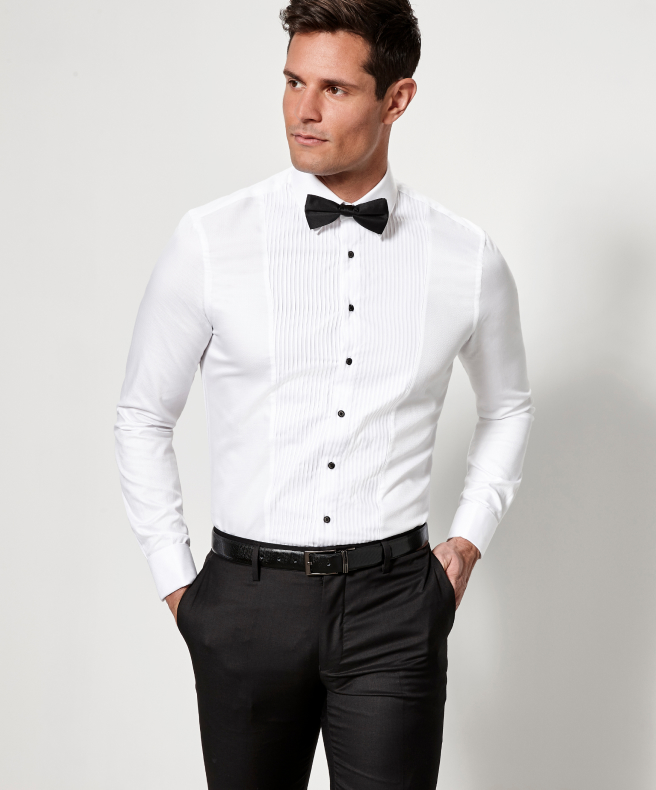
DRESS SHIRT
There's some overlap between dress shirts and formal shirts, depending which side of the Atlantic you're standing on. In Britain, they're referred to as 'dress shirts', while Americans prefer 'formal shirts' or 'tuxedo shirts'. It doesn't matter too much. Most of the same rules apply. Dress shirts are usually solid white or cream (dress shirts in colours or patterns do exist, they're just a bit more casual). They tend to have a wing or peak collar, and a tail on the bottom hem (ie. the back bit is longer than the front bit). If the shirt is really fancy, the front placket will just have holes for dress studs. That's your classic tuxedo shirt, made for Monte Carlo and dinner with the Queen.
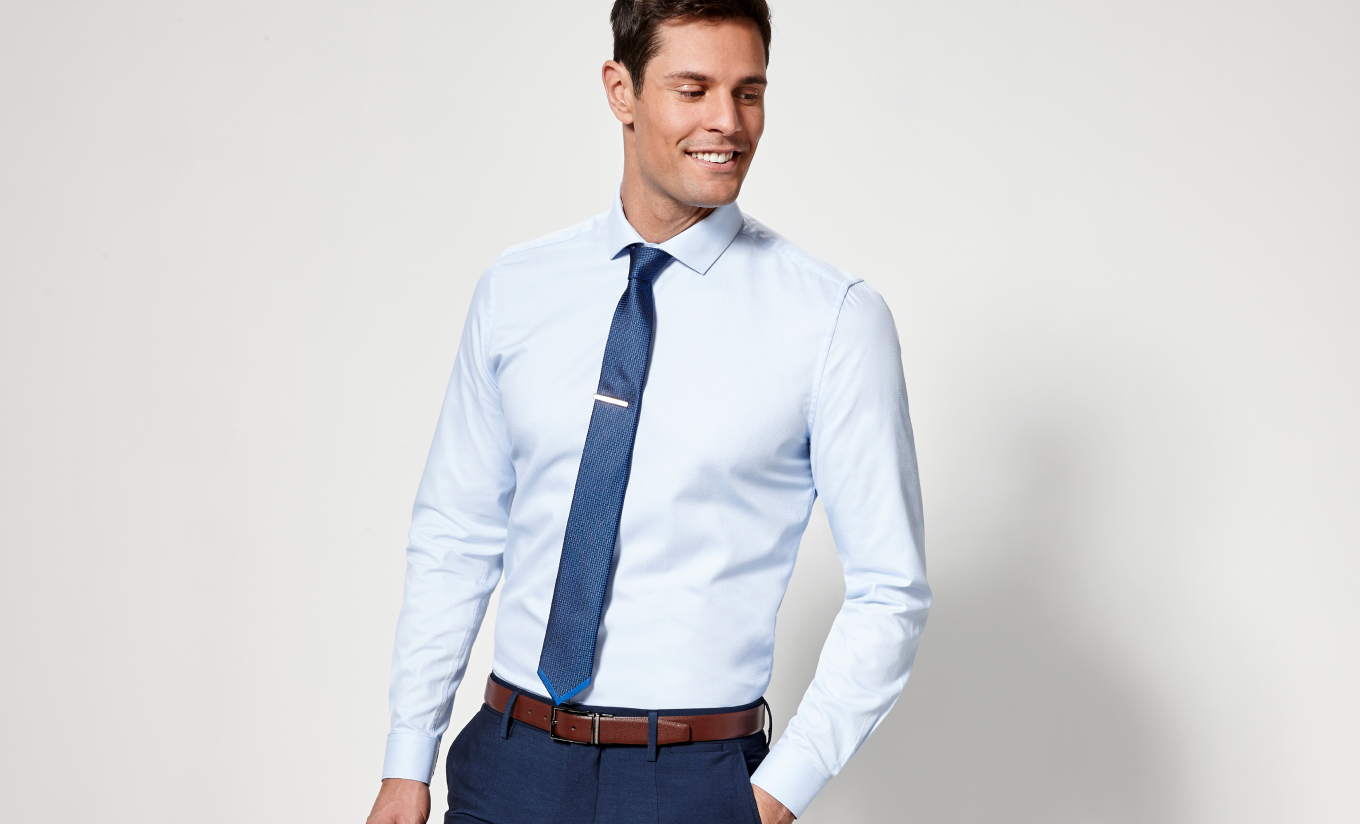
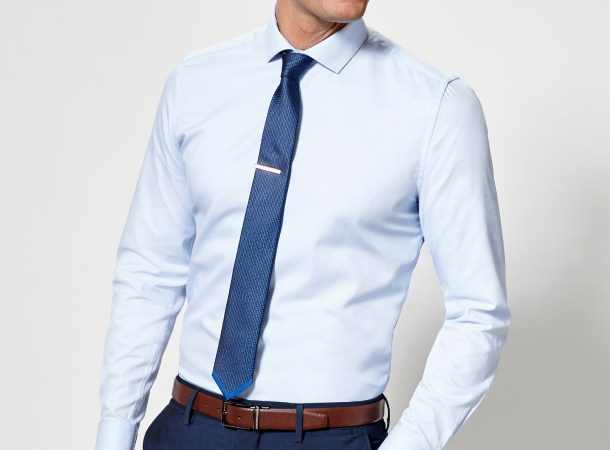
BUSINESS SHIRT
Business Shirts share some similarities with dress shirts, but they're not quite the same thing. For starters, you've got more wiggle room when it comes to fabrics, styles and colours. You can experiment with micro-geos, Bengal stripes or jacquard florals, you can wear every shade from mint green to burgundy, and the collars don't have to be so starchy: a simple
and a little more textured. They're probably the most versatile shirt in the world. You can wear them with a tie and formal pants, or leave them open over some chinos and sneakers. if you've existed on the planet for more than 25 years, you've probably worn an Oxford shirt at some point.
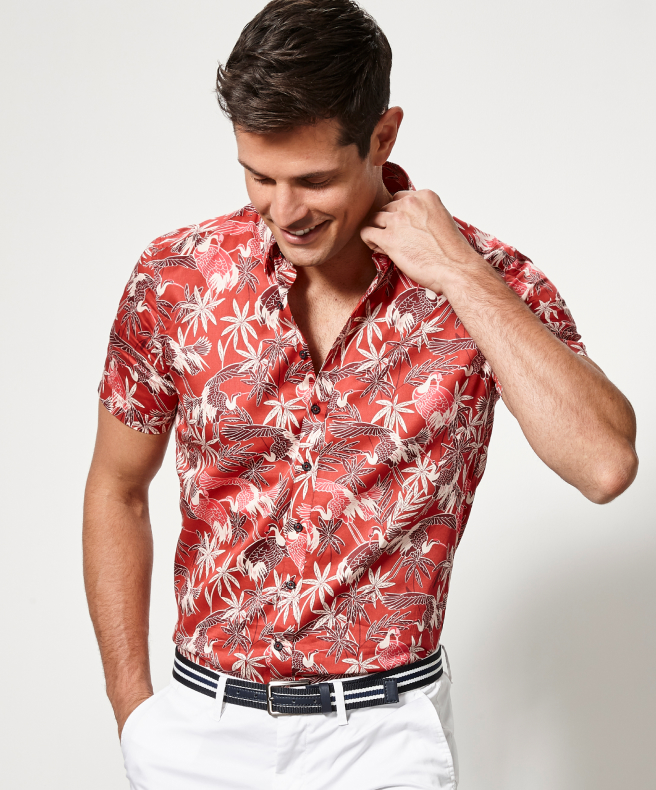
SHORT SLEEVE SHIRT
Short sleeve shirts are (no surprises here) shirts with short sleeves, typically cut above the elbow. Short sleeve shirts used to be sort of running corporate joke: the kind of shirt worn by the IT department, with pens sticking out of the pockets. But that's no longer the case. The short sleeve shirt is now a style staple, and any short sleeves are going to look great over a white crew-neck tee, some mid-length shorts and sneakers. Fitted short sleeve shirts can even work with chinos (tucked or un-tucked) - just make sure to get somethng slim-fit, with the sleeves slightly rolled, buttoned up as far as you feel comfortable. Pro tip: a well-fitted short sleeve should finish mid-bicep.
LINEN SHIRT
Crisp, linen shirts are every man's summer go-to. Linen shirts are made from flax plants. They're light, breathable, quick-dry and anti-microbial (not to mention being better for the environment than cotton). There are a few drawbacks though: linen shirts will crumple and wrinkle easily. So easily, in fact, that most people don't even bother ironing them. They're also so breathable that you'll quickly find yourself shivering when someone cranks the A/C. Pick a strong block colour with short sleeves, and match with some mid-length shorts.
DENIM SHIRT
It's actually easier to wear denim shirts than you might think. Don't get scared off by the double denim horror stories (AKA the Canadian Tuxedo). Yes wearing denim shirt over the exact same denim jeans is a bit of a fauxpas, but the denim shirt can be a weapon in the right hands. The first step is mixing up your denim, which means light on top and dark below (or vice versa). Tuck it in if you like, or leave your denim flapping the breeze. Add a belt and boots, or just stick with sneakers. For smart casual occasions, a buttoned denim shirt under a linen blazer looks surprisingly badass, especially with a patterned skinny tie.
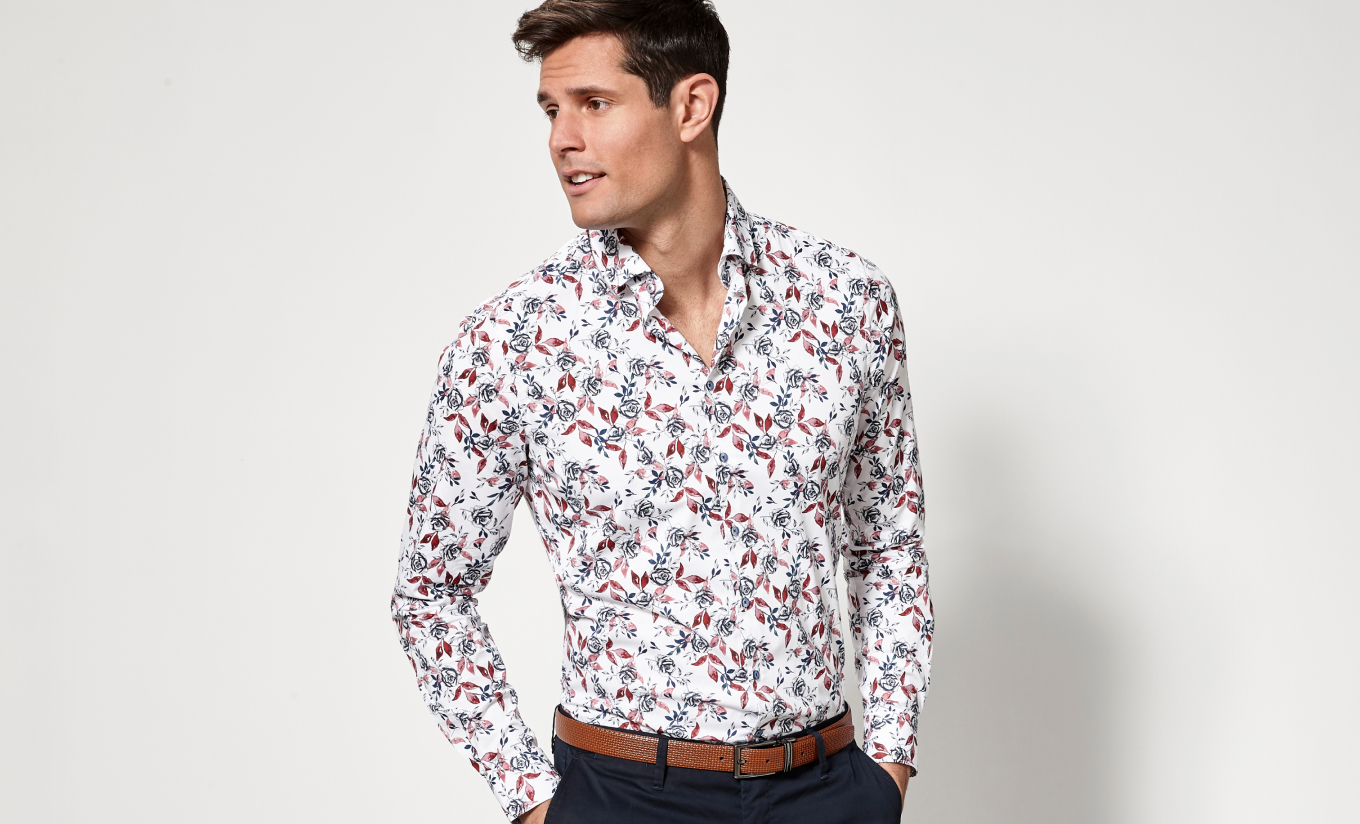
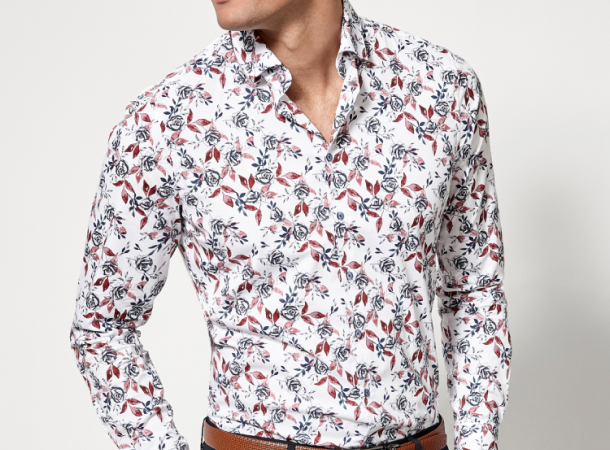
PRINTED SHIRT
Printed shirts are one of those all-or-nothing gambles. When done correctly, they're an instant splash of personality. The shirt equivalent of a tequila slammer. But get the print wrong (we're looking at you, Star Wars motif) and you're swimming in very choppy waters. Basically, printed shirts are patterned shirts where the pattern is printed, rather than woven, onto
the fabric. If you're just starting out, start small. Maybe a classic polka dot, micro geo or gingham short sleeve shirt. Nothing too crazy. When you feel more confident, splash out with Hawaiian motifs, vintage pattterns, florals and giant tiger heads. Printed shirts are generally worn open, over a simple crew neck tee.
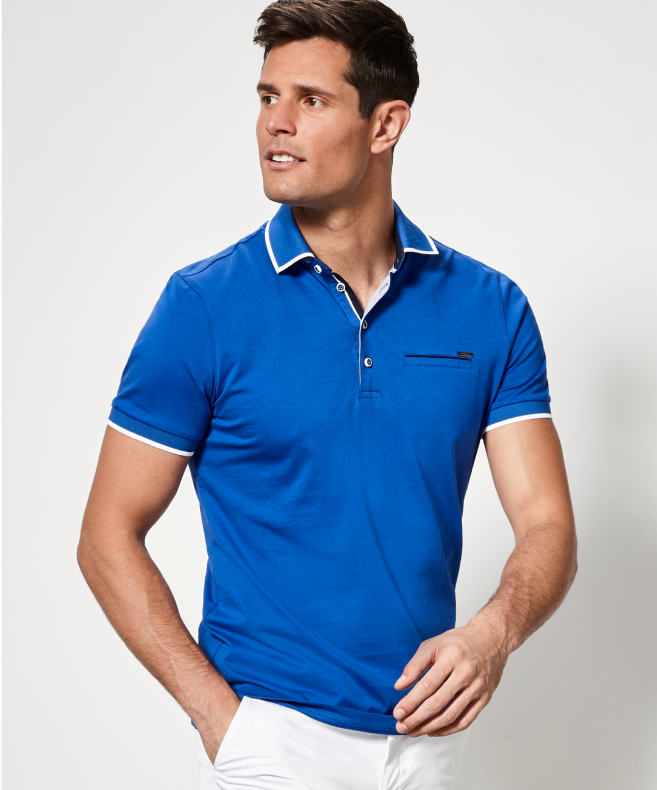
POLO SHIRT
Beloved by golfers everywhere, the humble polo shirt was originally developed in the 1920s by tennis star Rene Lacoste (although some people trace it back to British polo matches in the 1800s). It features a soft collar and simple two-button placket. Occasionally you'll see a front pocket too. Long sleeve polo shirts do exist, but the vast majority have shorter sleeves, cut around the mid-bicep. They're made from knitted cloth too, usually Piqué cotton, interlock cotton, merino wool or synthetic fibres. A good polo shirt should be fitted, but not too tight, and don't worry about layers.
GRANDAD COLLAR
Don't be put off by the name. These shirts are back on everyone's radar. The 'Grandad' collar (also known as the 'Grandfather' collar) doesn't really look like a collar at all: it's more of skinny band that wraps the neck, buttoned all the way up. The style actually comes from the British industrial era, where it was worn by tradesmen and factory workers. It wasn't until the 2010s that this collar surged back into mainstream popularity. The beauty of the Grandad shirt is that it's versatile: it works with everything from tailored pants to ripped jeans. You can get them fitted snug or baggy and oversized. Cotton blend or Irish linen. It's all in how you style it.
CHAMBRAY
Chambray often gets mixed up with denim, because they look kind of the same. In technical terms, a chambray’s warp and weft will alternate one over the other, whereas denim uses a diagonal twill. There’s a quick way to check: flip your shirt inside out. If the colour on the inside is much lighter, it’s probably denim. If the colour’s more or less the same, you’re holding chambray. The big appeal of chambray shirts is their beautiful texture. They’re often made from linen cotton blends, so they feel amazing on the skin: soft, light and breathable. They’re also pretty versatile: you can wear chambray shirts with a skinny tie, or go open-collar over a pair of tapered khaki chinos.
02SHIRT FEATURES
There are certain things that make a shirt a shirt. Here's our rough guide to the anatomy of a shirt.
COLLARS
Collars tend to vary in four ways: stiffness (the collar’s flexibility), height (how high a collar sits on your neck), size (the width of the collar itself) and spread (the distance between the points of the collar). Different collars are going to suit different ties, different faces and different suits, and we could write a small essay on collars alone. But here are the four key collars you need to know.
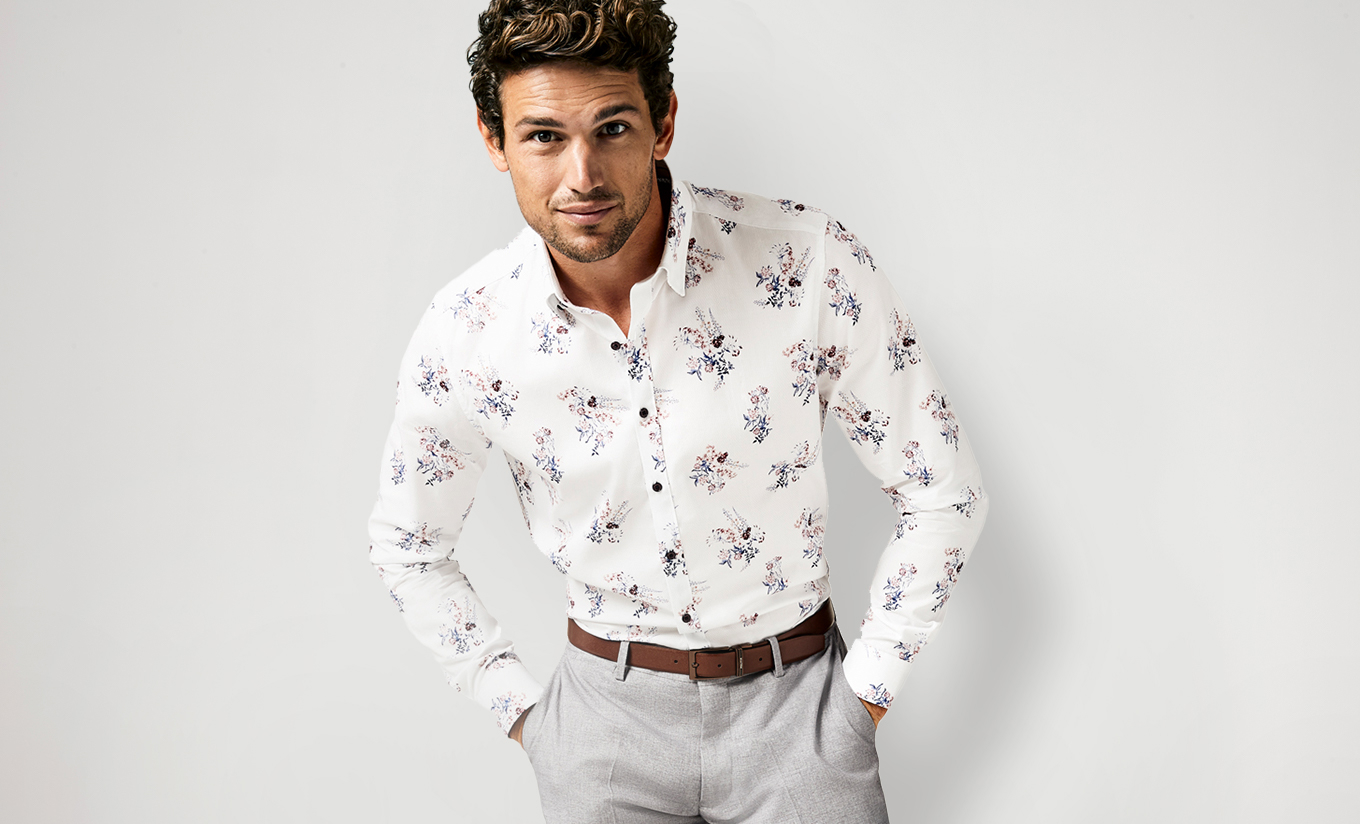
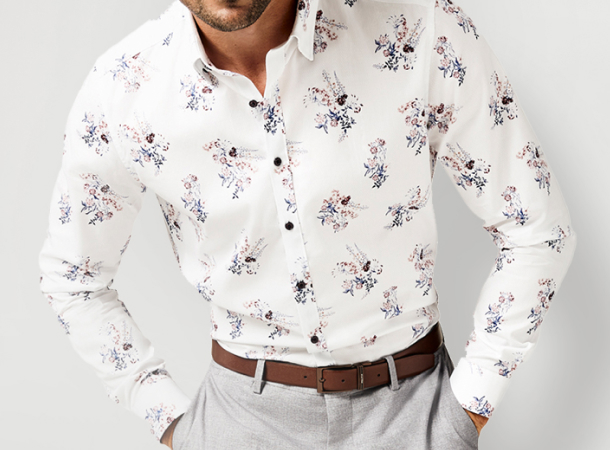
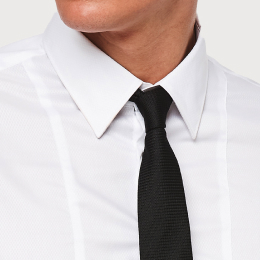
The Straight Point
Classic, conservative and traditional. Straight point collars are great for smaller tie knots. They've got narrow points and a tight spread, which works well for rounder faces and thicker necks.
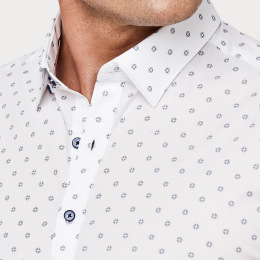
The Button-Down
Brookes Brothers popularised this collar in America, and it's still got a certain Ivy League vibe about it. Button-down collars usually have a medium spread and stiff collar band.

The Semi Spread
A four-inch distance between the points would be considered a 'semi-spread'. This is the Goldilocks collars: not too wide, not too narrow. Good for a wide variety of ties and faces
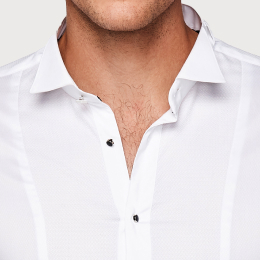
The Wide Spread
Wide spread collars are generally five to six inches from point-to-point. They're handy for Windsor and half Windsor knots, or thicker woolen ties. This is the classic European business collar.
SHIRT CUFFS
Nothing looks cooler than straightening French cuffs under a sharp suit. But there's a lot more to shirt cuffs than simple button vs cufflink. You have to think of style (Barrel or French), shape (rounded, square or mitered) and even the number of button holes. Here are the basics when it comes to cuffs.
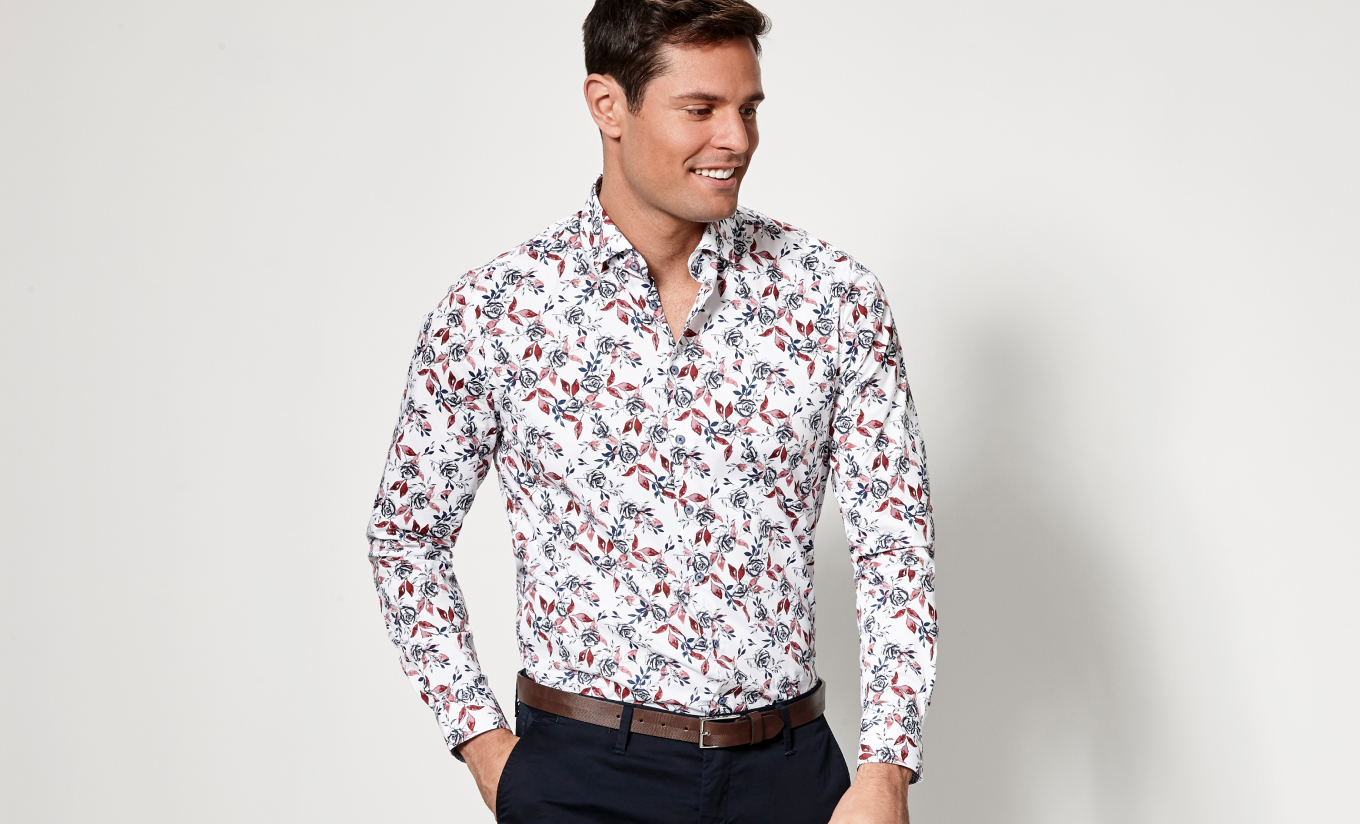

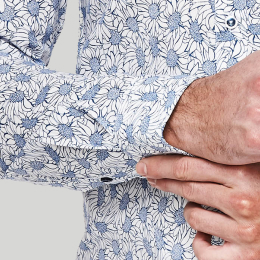
Barrel Cuff
The most common cuff you'll see, particularly on Oxfords and business shirts. Barrel cuffs get their name from the overlapping 'barrel' shape. They're usually fastened with a simple button.

French Cuff
French cuffs are longer and stiffer than barrel cuffs, and they're fastened with cufflinks rather than buttons. This is your classic black tie cuff. Perfect for weddings and fancy occasions.
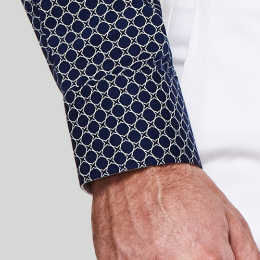
Square Cuff
Square cuffs refer to the shape, not the style (you can have square barrel or square French cuffs). Square cuffs are perfect for mod vibes and clean lines. They feature a sharp, right-angled corner.
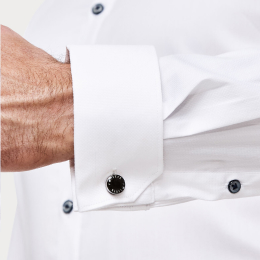
Mitered Cuff
Mitered cuffs don't end in an arcc or a straight line. They're also known as 'angled cuffs', because the mitered cuts fold into a sort of diagonal wedge. It's a subtle attention-grabber. The perfect foil for a classy dress watch.
POCKETS
Generally speaking, pockets don't equal fancy. Most dress shirts won't even have a front pocket. It's something you'd usually see in business shirts, short sleeved shirts, overshirts and Oxfords. There are no hard-and-fast rules when it comes to pockets (except for keeping your pens out of them), but here are the most common styles.
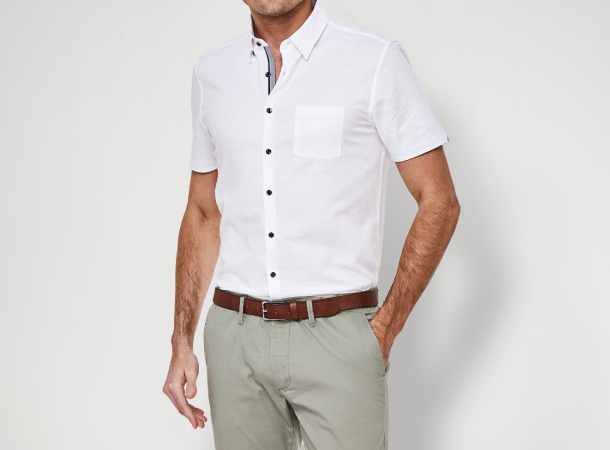
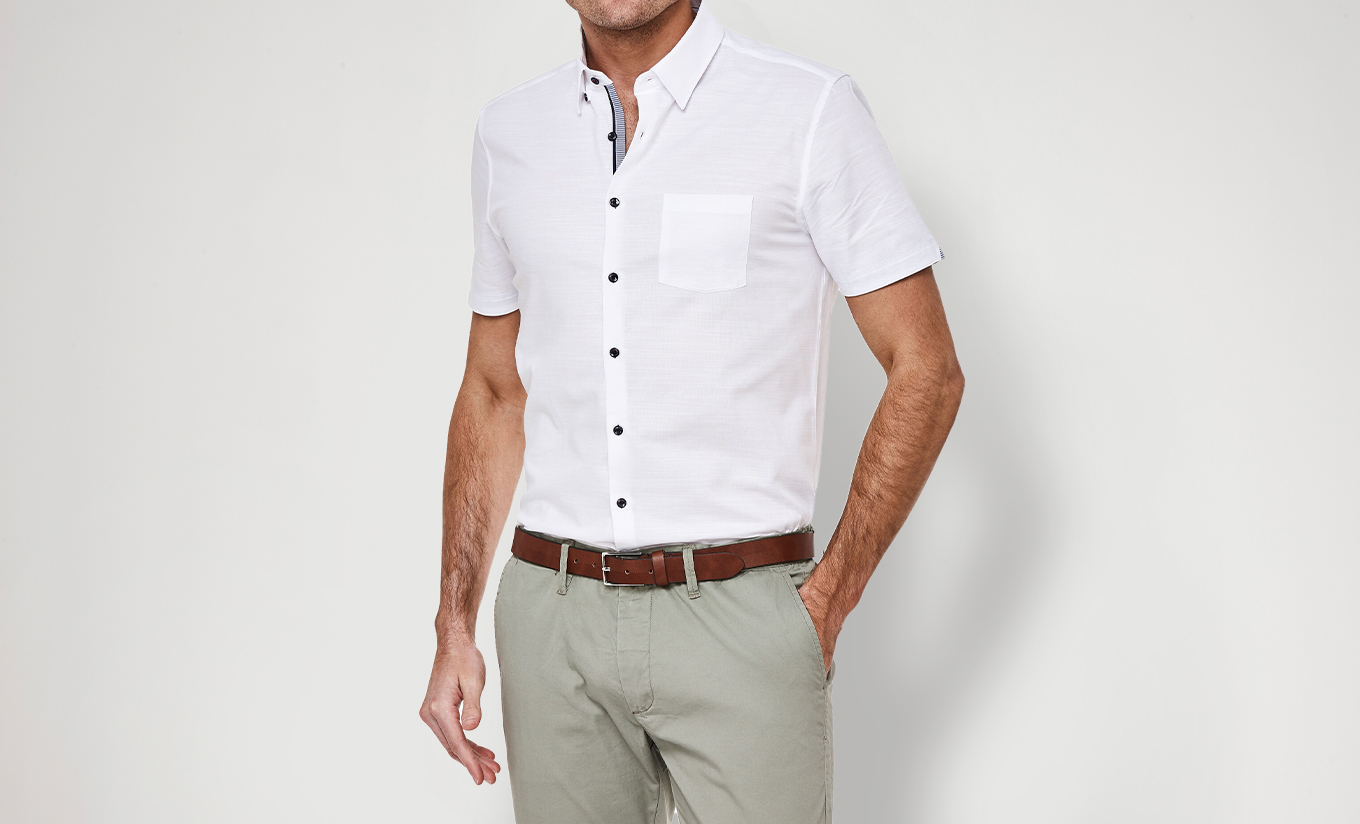
ROUNDED POCKETS
Rounded pockets have a gentle curve on the bottom edge. You'll find them on the left-hand side of polos, tee shirts and occasional flannel. A classic, casual pocket. Nothing fancy.
UTILITY POCKET
Utility pockets come with a handy flap on the top. They're usually pressed and sewn onto the exterior of the shirt. Again, this is a good sharp casual look, especially on linen, denim and chambray shirts.
POINTED POCKET
Pointed pockets (also known as angled pockets) are a bit rarer these days. They taper down into a wedge, and are slightly smaller than standard round pockets. You'll often see these on button-collar Oxford shirts.
DIFFERENT SHIRT FITS
More important than style, more important than colour or fabric or pattern, is fit. How a shirt fits is ninety percent of the battle, and it's something you want to get right at the beginning (altering a shirt is much more fiddly than tweaking a suit jacket). It's also important to know that none of these fits are necessarily better than the others: it all comes down to your body shape and what makes you comfortable. The size of your body is what makes a shirt flattering or unflattering.
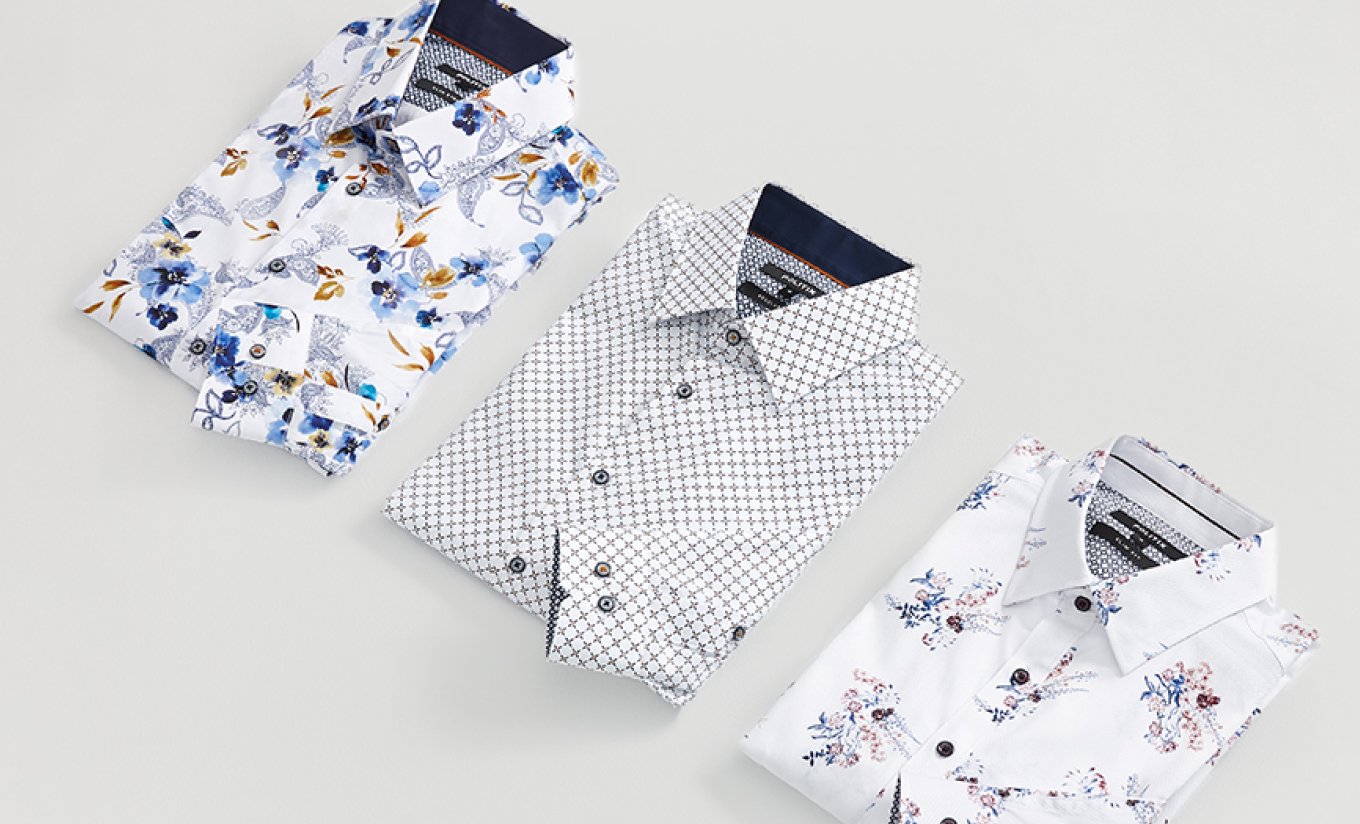
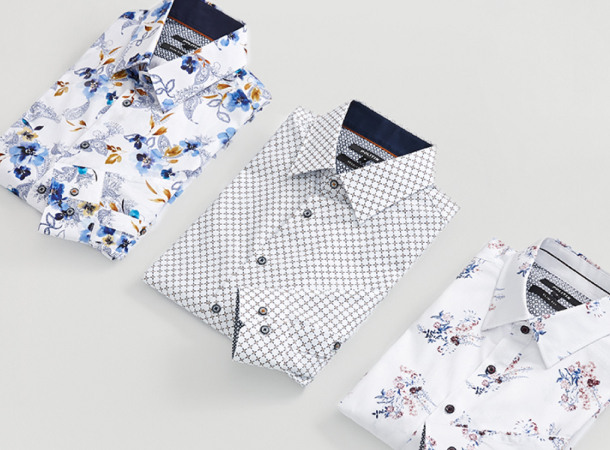
REGULAR FIT SHIRT
Regular fits are generally going to be more comfortable for bigger guys. Don't confuse this guy with the 'classic fit'. Regular shirts can still be slightly tapered, and they generallly don't balloon out like old-school classic shirts. An excellent option for comfortable, everyday office wear.
SLIM FIT SHIRT
Slim-fit shirts are cut close to the body, for that figure-hugging, tapered silhouette. They're arguably a bit less comfortable, due to lack of fabric, tighter seat, and the high armhole design, but the payoff is style. Slim-fit shirts look sharp, there's no other word for it. Good for summer, when you might want to go jacket-less.
CLASSIC FIT SHIRT
A classic fit shirt is what your dad probably wore. They've got plenty of room to move, but that flexibility comes with a more loose-fitting, boxy shape. If you're going to be waring a jacket or day, or you feel like you need the extra room, the classic is still a good option (they call it 'classic' for a reason, right?)
MODERN FIT SHIRT
Modern fit is sort of a compromise between 'slim' and 'classic'. A slightly tapered waist, and small back darts, men you'll look smooth without a jacket, but there's still plenty of room in the sleeves and the chest. A good option if you reckon slim-fit is too constricting (or you want to bust out some wedding night dance moves).
03SHIRT AND BODY TYPES
Which shirt is best for you often comes down to your body type. There's no need to get self-conscious about this. We all look different, and the beauty of shirts is that they're designed to enhance your natural shape, not to hide it. It doesn't matter if you're tall or short, big or skinny. There's a shirt out there for you.


ECTOMORPH BODY TYPE
Ectomorph means you're long and lean, without much heavy muscle. If you reckon you're on the slimmer side, stick to slim-fit or modern fit shirts. Anything that tapers to the waist, with thin arms and a spread collar. Regular and classic fit will probably leave you swimming. There's an easy way to tell: if your shirt is ballooning and causing that 'muffin top' look, you need something slimmer.
ENDOMORPH BODY TYPE
Endomorph bodies are usually big, slightly pear-shaped or top-heavy. You want to look for a pointed collar, which is flattering for a wider face, and generally stick to regular fit, rather than classic. If you're carrying a bit of Christmas weight, try to avoid baggy, classic fit shirts: they often make people look bigger than they are. The other thing is length - try to find a shirt that reaches about half way down your bum.
MESOMORPH BODY TYPE
Mesomorpsh are generallly muscular and well built. Their bodies are naturally well proportioned (the lucky devils). If this sounds like you, you can probably get away wearing a paper bag, but look for slim-fit or modern fit shirts, rather than classic or regular. You want something tapered with good silhouette. just check to make sure it's not too tight across the chest. The shirt should feel 'snug', not stretched.
04CUSTOM SHIRTS VS READY-MADE SHIRTS
There's no right answer when it comes to tailored vs ready-made shirts. It all depends on your budget and your body type. Some people really struggle to find off-the-rack shirts that fit well, and that's okay. You'll find getting tailored business shirts (or even casual Oxfords) isn't as expensive as you might think.
READY-MADE SHIRTS
The vast majority of guys are going to wear ready-made shirts. They're cheaper, faster and come in (nearly) all shapes, colours and styles. The trick is knowing your size. If you've been walking through life as a 'medium' you might need to dig a little deeper (shirt sizes generally go by chest, waist and hip circumference). It's also important to find the style of shirt you like best. Some people feel comfortable in slim-fit, while others need more room to move.
TAILORED SHIRTS
Tailored shirts used to be reserved for Wall Street investment bankers, but these days more and more guys are going down the custom route. The obvious benefit is going to be the fit: a tailor can design a shirt that both feels comfortable and works with your body shape. You also have the benefit of customising all those small details: buttons, cuffs, collars, and fabrics. Tailored shirts are obviously more expensive but shop around. You might be surprised by what's out there.
05MEN'S SHIRT ACCESSORIES
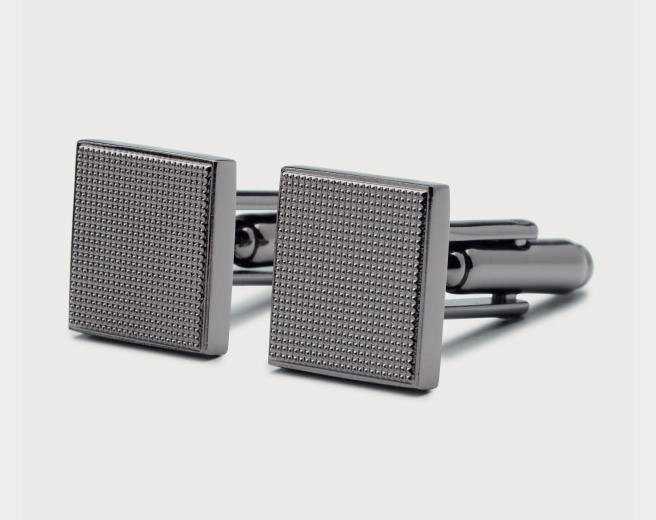
CUFFLINKS
If you're wearing French cuffs, you'll need a good pair of cufflinks: usually bullet back, stud or whale back. They're the little detail that catches the eye, but be careful about revealing too much personality. For black tie events, stick with something simple and classy, like polished silver.
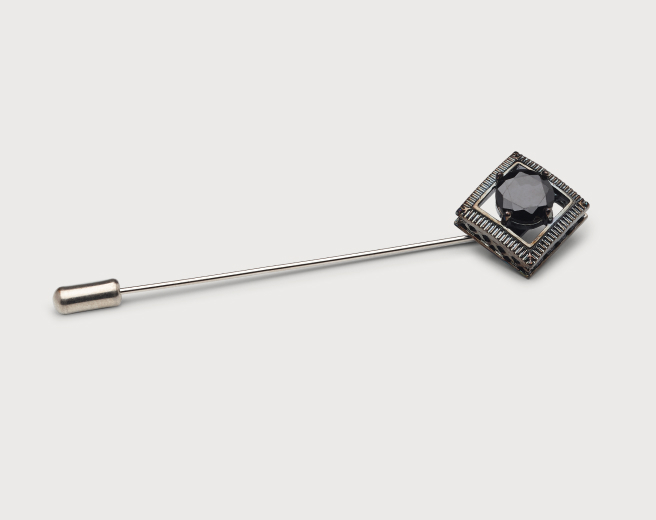
LAPEL PINS
Lapel Pins are ornamental accessories that sit on your jacket's lapel. They're usually metal emblems, small button pins, fake flowers or live flowers (also known as boutonnieres), and they're a quick way to spark up your style. Wearing a lapel pin to work is probably overkill, but they're great for weddings or the races. Just make sure to match your pin with your tie and pocket square: they should look like a cohesive ensemble.
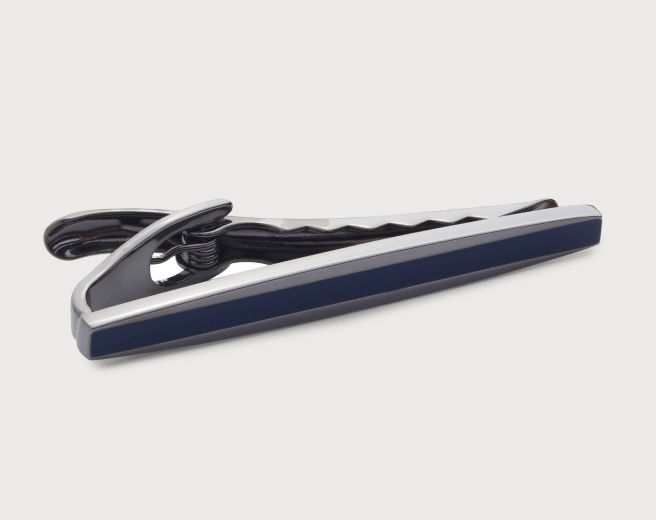
TIE BARS
Guys generally fall into two categories: you're either for tie bars or you're against them. The biggest mistake people make with the tie bars is wearing them either too low or too high. They should sit between the third and fourth button of your shirt. The tie bar should fasten both ends to the shirt placket, not just one and the final bit of advice is to think narrow. A tie bar should be subtle, and it definitely shouldn't be wider than the width of your tie.
COLLAR BONES
Collar bones (also known as 'collar stays' and 'collar tabs') are rigid bits of plastic or metal that slip into secret pockets of your shirt collar. You'll generally only find these on dress shirts, and even then it's getting even rarer. The ideas is to hold the collar in place by weighting it down slightly. Collar bones keep the collar points crisps. They're not an essential piece of kit, but like the tie bar, they take your outfit to the next level.
SHIRT ARMBAND
Shirt armbands were big in the '80s, but their popularity has waned since. you tend to associate them with chigar-chewing bankers and chunky phones. The basic idea behind the shirt armband ( lso called the sleeve garter, although not by us) is to hold your sleeve at a desired length.They're usually worn just above the elbow. If you're going to go down the 'sleeve garter' route, keep them subtle. Wear silver or plain black, nothing flashy.





